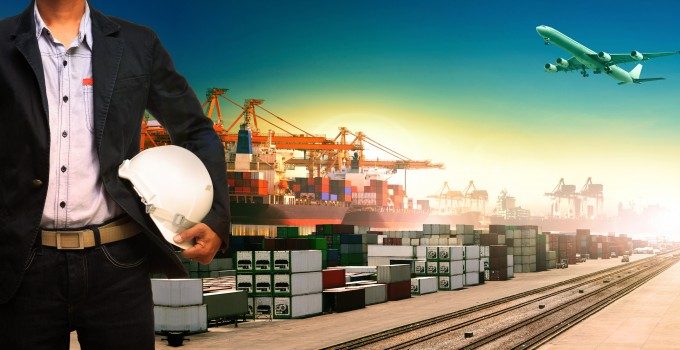COP29: UK PM announces 'determined commitment' to steep emissions cuts
Arriving at COP29 this week, UK prime minister Keir Starmer has unveiled a ‘nationally determined ...

With the notable exception of those from UASC, recent orders for newbuild ultra-large containerships have not been specified as being duel-fuelled to run on cheaper LNG as well as traditional heavy fuel oil (HFO) – until now.
The reasons have traditionally been the extra cost at construction, the loss of slots taken up by LNG tanks and, crucially, the availability of the gas on major tradelanes.
However, several ports are pushing ahead with plans to build LNG bunker facilities, easing this concern ...
Trump tariffs see hundreds of cancelled container bookings a day from Asia
'Disastrous' DSV-Schenker merger would 'disrupt European haulage market'
'To ship or not to ship', the question for US importers amid tariff uncertainty
'Chaos after chaos' coming from de minimis changes and more tariffs
List of blanked transpac sailings grows as trade war heats up and demand cools
EC approves DSV takeover of DB Schenker
Forto 'sharpens commercial priorities' as it lays off one-third of staff
Shippers in Asia restart ocean shipment bookings – but not from China
India withdraws access for Bangladesh transhipments, in 'very harmful' decision
'Tariff hell' leaves industries in limbo – 'not a great environment to plan'
IndiGo fleet expansion plan will include a major push to boost cargo volumes
Pre-tariff rush of goods from US to China sees air rates soar, but not for long
De minimis-induced ecommerce demand slump could cripple freighter operators
'Restoring America's maritime dominance' – stop laughing at the back of the class
Hapag 'took the bigger risk' when it signed up to Gemini, says Maersk
Navigating tariffs: 'like trying to solve a Rubik's cube while colour-blind'

Comment on this article
Andy Lane
July 05, 2014 at 5:04 amExcellent article Mike.
On the basis that LNG can be 20% cheaper than HFO, and that fuel costs represent more than 25% of a deep-sea liner’s total costs, then it is a little surprising that more dual-fuel container vessels have not been built.
In many respects here we seem to have a proverbial “chicken and egg” situation. Where ship owners/operators are holding back waiting for sufficient bunkering facilities to exist, and bunkering facilities waiting for more LNG powered vessels! UASC have been brave enough to go dual-fuel, and hopefully for them this will turn-out to provide some competitive (cost) advantages.
With the difficulties to fill large ships, poor utilisation levels for large parts of the year, then TEU capacity loss would also appear not to be such a good reason to not prepare for dual-fuel at new build. Retro-fit costs I believe will be higher than to prepare vessels at new-build, so I would have to conclude that the industry generally has not really taken a longer term view here.
Mike Wackett
July 07, 2014 at 12:30 pmThanks Andy.
Totally agree:carriers are behind the curve on this pretty obvious unit cost reduction solution.
UASC’s forward thinking could bring it some big market advantages.
Stephen Weedon
July 15, 2014 at 9:27 amThere are some very interesting alternatives currently being trialed by Maersk. MSAR2 is an emulsion fuel developed by Quadrise Fuels International. The fuel which is targeted to be 10-20% cheaper than HFO, lowers NOx, CO2 and eliminated particulates. The associated cost savings can be used to offset the cost of an exhaust gas cleaning system (scrubber) to meet 2020/25 sulphur emission regulations